“Make it look like it works, whether it does or not, by mirrors or smoke or wire.” ~Jerry Wayne on advice his father gave him upon purchasing the Dallas Cowboys
Episode 3 of Netflix’s “America’s Team” takes us all the way through the 1992 NFC Championship Game in San Francisco, from the opening kickoff to the jubilant locker room when Jimmy Johnson uttered the immortal cry, “How ’bout them Cowboys!” And at pivotal points during the game, they use flashbacks to give us the story of Jerry Wayne’s childhood, upbringing, and football formation, from schmoozing the old ladies at his father’s grocery store into buying one more head of lettuce to the national championship he won as an undersized offensive lineman for the Arkansas Razorbacks. It’s very cleverly done. Back and forth, back and forth, from Jerry’s dad turning the family store into a carnival of cheap gimmicks and promotions to Charles Haley sacking Steve Young, to Jerry writing a college thesis on the economics of professional football, to Alvin Harper catching the title-clinching slant from Troy Aikman at Candlestick Park.
I anticipated that there would be at least one revelation in each episode, something I had never heard before and just didn’t know. That didn’t happen in this one. We all remember the 91-yard slant to Harper from their own six-yard-line with four minutes left that sealed the deal for the Cowboys. And I’ve read about how Michael Irvin changed the formation coming out of the huddle so he could get the ball instead of Harper. But to hear the story first-hand from Irvin and Troy Aikman, to see them diagram it and break it down, and to understand why Irvin did it and why he believed the ball would be thrown to him, is really beautiful storytelling. And hilarious.
Allow me to say just three quick things about this episode.
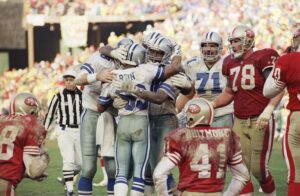 The Game: The 49ers were the team of the 80s and heavily favored, the Cowboys were upstarts and unproven, it was played in San Francisco, and the field conditions were deplorable–everything you would ever want in a championship game. And this episode shows you every bit of it, from every angle, and from the perspective of all the major players. It’s a beautiful glorification of what is probably the most important, non-Super Bowl, playoff win in Cowboys history. It’s excellent.
The Game: The 49ers were the team of the 80s and heavily favored, the Cowboys were upstarts and unproven, it was played in San Francisco, and the field conditions were deplorable–everything you would ever want in a championship game. And this episode shows you every bit of it, from every angle, and from the perspective of all the major players. It’s a beautiful glorification of what is probably the most important, non-Super Bowl, playoff win in Cowboys history. It’s excellent.
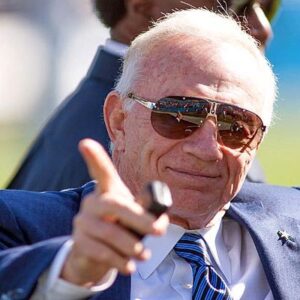 The Owner: Everything that’s been wrong with the Cowboys since Jimmy left is unarguably linked to Jerry, and it’s painfully clear the longer this docuseries continues. During the flashbacks, hearing Jerry talk about his childhood and his high school and college days, it’s obvious that he cares much more about the attention and fame and money he receives as being the owner of the Cowboys than he does the trophies that are earned by the players on the field. Jerry talks about his upbringing around his dad’s store, that the business model was to distract from any shortcomings with glitter and flash, so they could keep making money. “You got to make it bigger than life,” Jerry says. “You got to add a little sizzle to it. And you can do that with the Dallas Cowboys.” That’s how Jerry was raised. As he put it, “That’s how my twig was bent growing up.” I’ve never heard that expression before.
The Owner: Everything that’s been wrong with the Cowboys since Jimmy left is unarguably linked to Jerry, and it’s painfully clear the longer this docuseries continues. During the flashbacks, hearing Jerry talk about his childhood and his high school and college days, it’s obvious that he cares much more about the attention and fame and money he receives as being the owner of the Cowboys than he does the trophies that are earned by the players on the field. Jerry talks about his upbringing around his dad’s store, that the business model was to distract from any shortcomings with glitter and flash, so they could keep making money. “You got to make it bigger than life,” Jerry says. “You got to add a little sizzle to it. And you can do that with the Dallas Cowboys.” That’s how Jerry was raised. As he put it, “That’s how my twig was bent growing up.” I’ve never heard that expression before.
I do know that this documentary is not a fluff piece on Jones. Netflix paid him $55-million for all the access and the full rights to tell his story, and they’re telling it the way they want. Jones does not come off looking good, at least not yet. The irony is that he probably thinks it’s all good. He probably thinks it’s making him look like a genius. It’s not. I read somewhere that this docuseries won’t change anybody’s mind about Jones. I’m thinking it will frustrate Cowboys fans even more than they already are. In lieu of winning a divisional playoff game or competing for a conference championship, Jerry looks to “Smoke and mirrors and wire.”
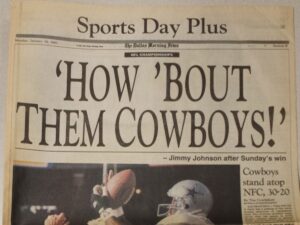 The Catchphrase: Contrary to popular belief, “How ’bout them Cowboys” did not originate with Jimmy Johnson. He was not the first one who said it. Growing up in Dallas at a time when the whole city ate, drank, and breathed the Cowboys and lived and died with every snap, pass, run, tackle, and kick, I know that everybody said it all the time. It’s just what you said when the Cowboys were playing well. You would raise an eyebrow and say, “How ’bout them Cowboys?” Making small talk with someone on the streets or running into a friend at the store or at church: “How ’bout them Cowboys?” After a win, any win, didn’t matter, nail-biter or blowout: “How ’bout them Cowboys?” Everybody was saying it all the time during the ’70s. We said it in my family for at least a dozen years.
The Catchphrase: Contrary to popular belief, “How ’bout them Cowboys” did not originate with Jimmy Johnson. He was not the first one who said it. Growing up in Dallas at a time when the whole city ate, drank, and breathed the Cowboys and lived and died with every snap, pass, run, tackle, and kick, I know that everybody said it all the time. It’s just what you said when the Cowboys were playing well. You would raise an eyebrow and say, “How ’bout them Cowboys?” Making small talk with someone on the streets or running into a friend at the store or at church: “How ’bout them Cowboys?” After a win, any win, didn’t matter, nail-biter or blowout: “How ’bout them Cowboys?” Everybody was saying it all the time during the ’70s. We said it in my family for at least a dozen years.
Now, it fell off in the mid and late ’80s because the team was so bad. It was something that was only said when things were good. But we started saying it again in ’91: “How ’bout them Cowboys?” Then it really picked up in ’92: “How ’bout them Cowboys?”
“How ’bout them Cowboys?” “Yeah, they’re 13-3, home field advantage.”
“How ’bout them Cowboys?” “They look good, don’t they? I think they’ve got a chance.”
“How ’bout them Cowboys?” “That defense is awesome, man! And Michael Irvin is catching everything!”
It’s how people in Dallas started their conversations. It’s just how we all talked, it was part of the cultural vernacular.
So, when Jimmy stood on that chair in the visitors’ locker room after the Cowboys won that NFC title game to advance to their first Super Bowl in 13-years, he said what we’d all been saying all over Dallas forever. But instead of a low-key conversation-starting question, he turned it into a exuberant and defiant exclamation. He changed the punctuation. “How ’bout them Cowboys!!!”
The players let out a shout, Jimmy’s rare display of joy was over-the-top, the CBS cameras were there to record it, and the rest is history.
Jimmy Johnson did not make it up. He certainly owned it more than anyone ever had, to his everlasting credit. But he didn’t make it up.
Peace,
Allan
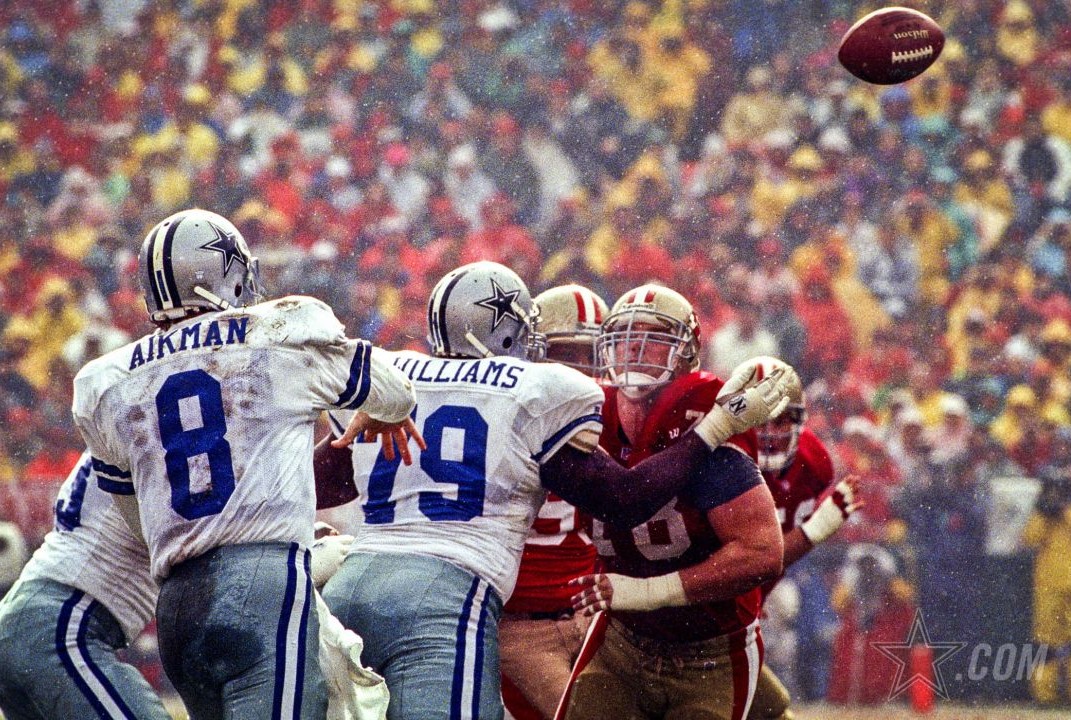
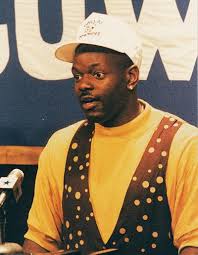
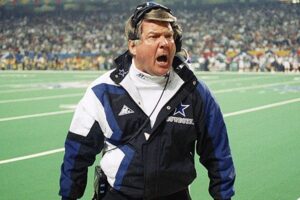
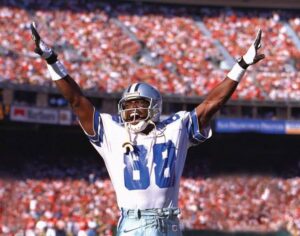
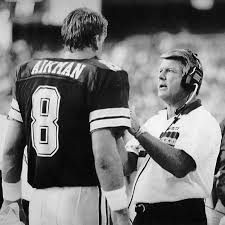
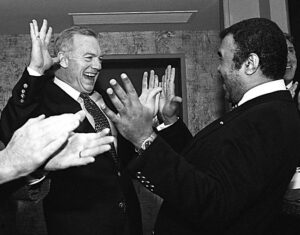
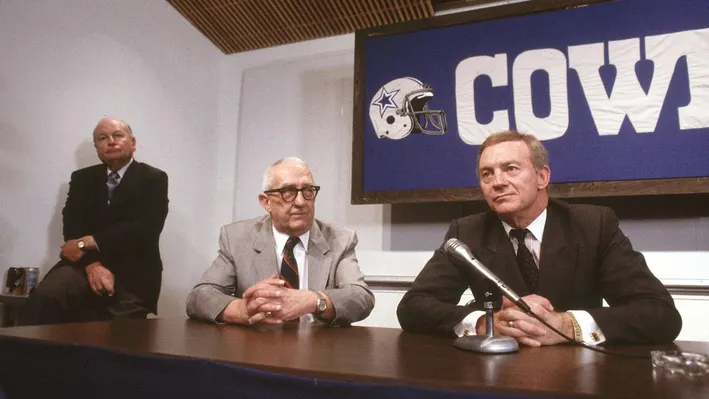
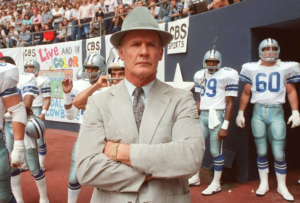
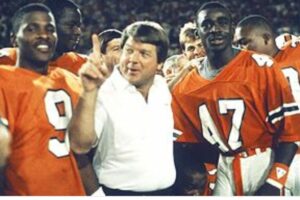
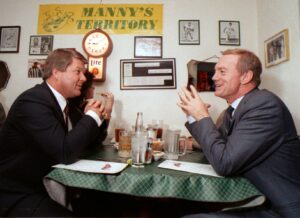
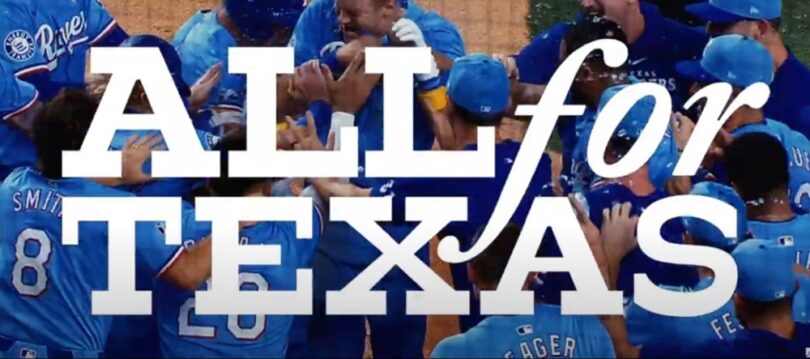
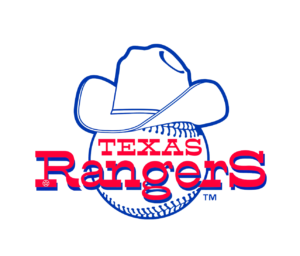
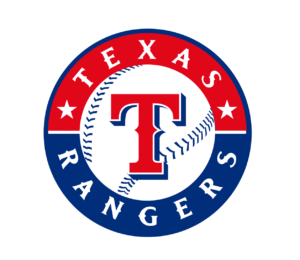
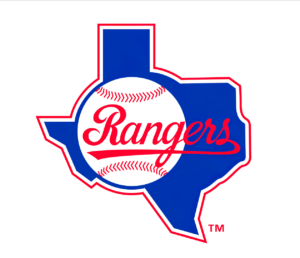
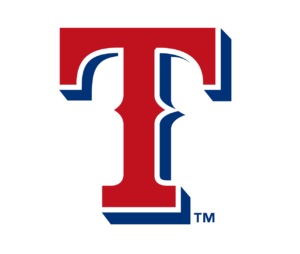
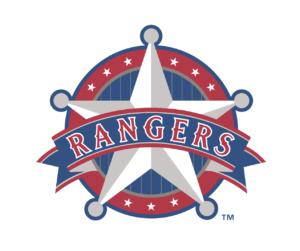
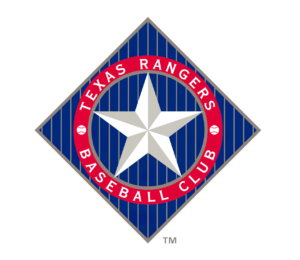
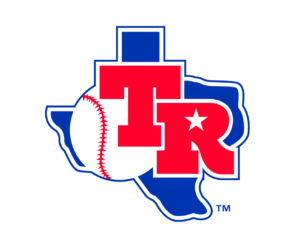
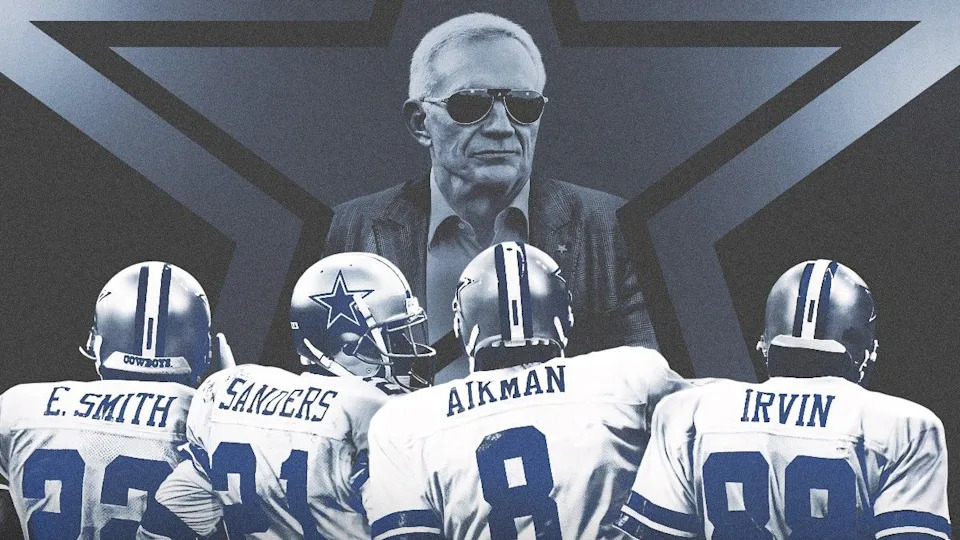



Recent Comments